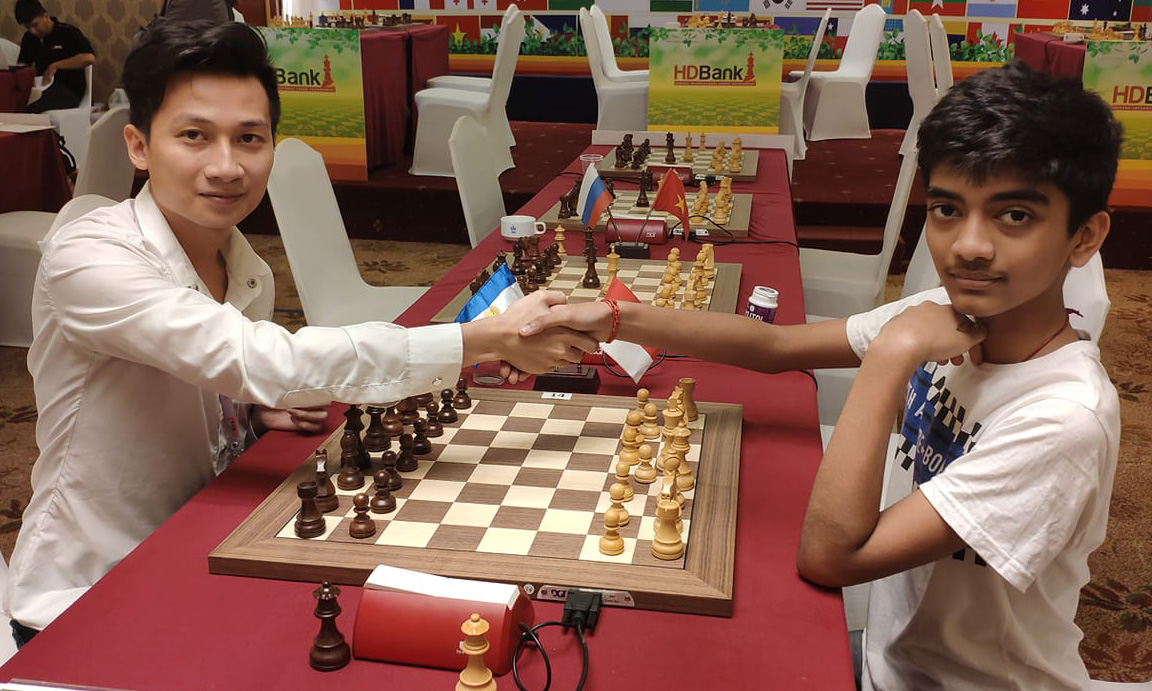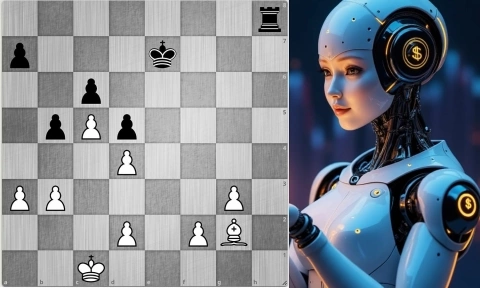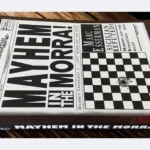Even the most powerful chess engines, boasting Elo ratings above 3,700, have failed to solve what seems like a simple position to the human eye.
White to move. Win, draw, or lose?
The position above was composed in 1947 by Soviet International Master Vitaly Chekhover and published in the Tbilisi Bulletin. Chekhover, one of the first players to receive the International Master title in 1950, is remembered less for his tournament play and more for his creative and paradoxical chess studies like this one.
In this setup, White has a bishop and seven pawns, while Black has a rook and four pawns. On paper, White is slightly ahead in material. But the black rook’s long-range power far outweighs the white bishop’s limited scope. Black threatens to invade via the h-file, capture the bishop on g2, or attack the f2 pawn — all paths leading to further material gain.
Today’s most advanced engine, Stockfish 17.1, running a 79 MB neural network with Depth 46 of plies, 32 CPU threads, and analyzing 3.1 million positions per second, rates the position as winning for Black by 2.6 points.
For reference, world champion Magnus Carlsen’s Elo rating is 2,839 — nearly 900 points lower than Stockfish’s.
A one-point advantage generally equals a pawn. Two points or more is usually a decisive edge — in games between top engines, a two-point lead almost always means victory.
Stockfish’s top choices for White are b4 or Bf3, yet after both moves, the engine still evaluates the position as -2.6 for Black. The third recommendation, Kd1, is scored even worse at -4.4 — equivalent to losing a rook.
And yet, paradoxically, Kd1 is the only move that actually draws.
After the king retreats to d1, White appears lost. But appearances deceive. By carefully maneuvering, White sets up a fortress — a defensive structure so solid that Black’s rook and king can make no progress.
White sacrifices the bishop, then plays f3!, sealing the key squares. From there, the white king simply oscillates between f1–f2 and g1–g2, guarding f3 and g3 while preventing the black rook from invading the first rank.
The black king, blocked by its own pawns, can’t join the battle.
Despite the engine showing a +4.2 evaluation for Black, the position is a forced draw.
International Master Valerij Bronznik and FIDE Master Anatoly Terekhin, in their book Techniques of Positional Play, called it “a wonderful fortress.” No matter what plan Black tries — even sacrificing the rook on e4 — the result is always a draw. In fact, after …Re4 and dxe4, White could even win thanks to a passed g-pawn.
This Chekhover study is one of many examples proving that, despite their superhuman power, computers are not infallible. Engines like Stockfish can outcalculate any human — but positions like this remind us that chess, at its heart, still holds mysteries even machines can’t fully solve.

I’m Xuan Binh, the founder of Attacking Chess, and the Deputy Head of Communications at the Vietnam Chess Federation (VCF). My chess.com and lichess rating is above 2300. Send me a challenge or message via Lichess. Follow me on Twitter (X) or Facebook.






